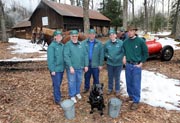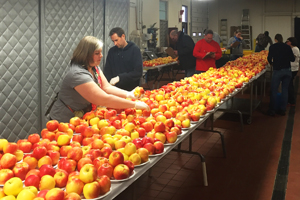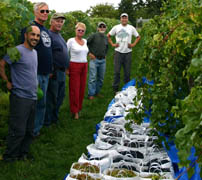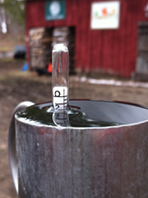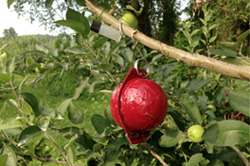
Northern New York; October 14, 2016. As the 2016 apple harvest nears completion, researchers with funding from the farmer-driven Northern New York Agricultural Development Program are eager to see if growers have been able to reap a second year of benefits from application of a precision management protocol to reduce the impact and cost of orchard insect pests.
The IPM protocol provided excellent control of economically-significant apple pests, with an average of 96% clean fruit at harvest plus time and money saved by reducing the pest control applications required in 2015.
“Changes in the landscape of northern New York apple orchards over the past decade have influenced which insects have become the key economically-significant pests of the apple industry in the region that includes Clinton, Essex, Franklin, Jefferson, Lewis and St. Lawrence counties,” says Anna Wallis of the Cornell Cooperative Extension Eastern NY Commercial Horticulture Program. Wallis served as project co-leader with Cornell University Entomologist Arthur Agnello.
The changes impacting orchard management in the region include the predominant choice of apple rootstocks planted, implementation of new training systems, restrictions on what spray applications are available for pest management, changes in climatic conditions, and the introduction of new pests through global trade.
Five NNY apple growers participating in the project following the protocol that uses trapping and scouting to identify which insect pests are present in an orchard block and at what level. The scouting effort was especially alert to codling moth, oriental fruit moth, obliquebanded leafroller, apple maggot, mites, aphids and scales.
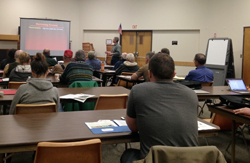
When pests reach an economic damage threshold level, a specific insecticide application is precisely timed based on insect activity and computer models.
This comprehensive integrated pest management, or IPM, protocol was developed by Agnello and Cornell colleague Harvey Reissig in the 1990s. Due to changes over time, growers moved away from the protocol, but Wallis says, are now making good use of it once again, integrating a variety of management strategies, including chemical, cultural, biological and mechanical.
The protocol was applied to orchard blocks, including blocks of the two most popular cultivars in Northern New York: Honeycrisp and McIntosh.
“The early work of this project demonstrated how well the IPM protocol can work and prompted growers to request field workshops so they could implement it more broadly in 2016. With each additional year of use, we are evaluating the opportunity for IPM use to be consistent under a variety of growing climate conditions as a long-term management option for apple growers in this region,” says Wallis.
The first-year report for the Identification and Grower Education of Key Pests in Apple Orchards in Northern New York project is on the Northern New York Agricultural Development Program website at www.nnyagdev.org. The report identifies key early, summer, and late season pests. For example, San Jose scale, not previously identified in the participating orchards in NNY, is increasingly becoming a problem.
The report also measures fruit damage by the various pests, and the number and effectiveness of the IPM applications.
The protocol provided excellent control of economically-significant apple pests, with an average of 96 percent clean fruit at harvest plus time and money saved by reducing the pest control applications required in 2015.
The early results of this farmer-driven Northern New York Agricultural Development Program project were requested for grower meetings in Vermont and Virginia.
The 2016 results of this research will be available in the spring of 2017 on the Northern New York Agricultural Development Program website at www.nnyagdev.org.
The farmer-driven Northern New York Agricultural Development Program provides grants for on-farm research and technical assistance projects in Clinton, Essex, Franklin, Jefferson, Lewis and St. Lawrence counties. Funding for the Northern New York Agricultural Development Program is supported by the New York State Senate and administered through the New York State Department of Agriculture and Markets.
Click here to see the Time Warner Cable/Spectrum News story on this project
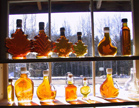 An October 7, 2016, New York Ag Connection article notes the recent designation of an honorary Maple Trail which includes the Maple Traditions Byway from Ogdensburg to Lowville and extension to Watertown in Northern New York.
An October 7, 2016, New York Ag Connection article notes the recent designation of an honorary Maple Trail which includes the Maple Traditions Byway from Ogdensburg to Lowville and extension to Watertown in Northern New York.